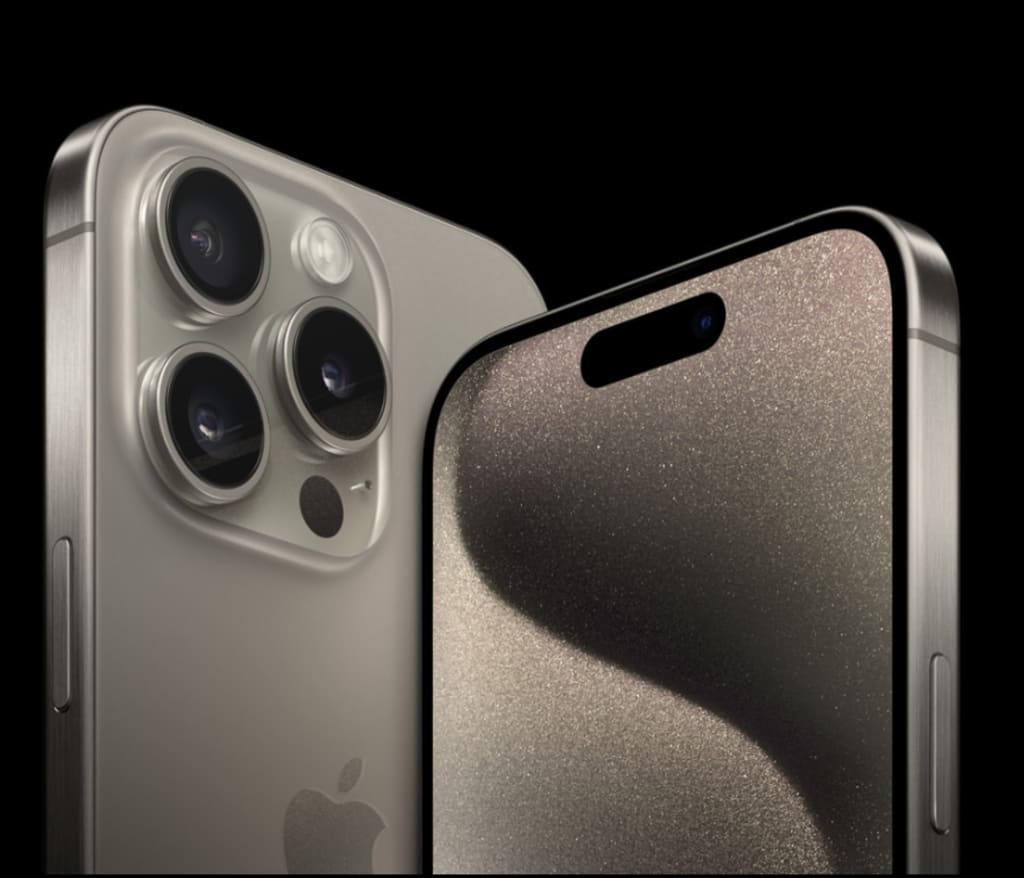iPhone 15 Is One of the Hottest Gadgets of the Year, Literally
The iPhone 15 Pro and Pro Max models both sport a titanium frame, a new material that some users speculate has had an impact on the phones heat dissipation.

Since before the iPhone 15 first hit the market, concerns have emerged regarding the new titanium frame and A17 processor, and their tendency to cause overheating. Following its release, Apple has been inundated with complaints from users about the excessive heat generated by the new iPhone 15 Pro. This has raised questions about whether it is a product of poor quality control or just a minor obstacle in the path to widespread adoption.
Videos posted by some users demonstrate how the iPhone 15 Pro reaches temperatures of approximately 42 degrees Celsius (107 degrees Fahrenheit). Others have taken to Apple's support forums and Reddit to playfully express their grievances about their "hot potato" iPhones. Some users have reported heat issues during charging, while others have noticed it particularly while playing graphics-intensive games like Genshin Impact. Some have even claimed that their phones were heating up even when not in use. It is worth mentioning that like most smartphones on both iOS and Android, the device may disrupt the charging process or shut down entirely as a safety measure when it detects excessive heat.
Aamir Siddiqui from Android Authority stated that his iPhone 15 became hot along the right side of the phone after continuous use, despite not being plugged in or streaming high-quality videos.
That being said, there are numerous other users, including Gizmodo in our review of the iPhone 15 Pro, who have not experienced any abnormal heat issues. While this episode may have initially appeared problematic before Apple released an over-the-air patch, experts like Mark Gurman from The Wall Street Journal and Bloomberg have weighed in on the matter.
Prominent Apple supply chain analyst Ming-Chi Kuo shared a blog post in which he stated that the overheating problems are unlikely to be caused by the TSMC-designed 3nm chip. Instead, he attributes the issue to design compromises made to reduce the device's weight, such as the utilization of a new titanium frame that does not dissipate heat as effectively as the previous stainless steel frame. Some users have suggested using a protective case for the phone to avoid encountering overheating issues. This is a seemingly obvious point, but some individuals still choose not to use a case.
It is important to note that iPhones, like any other smartphones, may become hotter during rapid charging or when transferring data during the initial setup, as these processes require significant processing power. However, this explanation doesn't account for all user complaints. Given the significant attention surrounding the iPhone's new architecture and Apple's emphasis on the device's gaming performance with the A17 chip, it is difficult to determine the extent to which the overheating can be attributed to the device's design or simply users pushing the limits of their new phones.
Kuo suggested that Apple might release a patch to reduce the processing load and address the heat issue. Whether such over-the-air adjustments can be made without overtly compromising the phone's performance remains to be seen.
We reached out to Apple for comment, but we have not received an on-the-record response. Bloomberg reported that Apple's technical support team has been fielding questions about overheating and redirecting customers to an old support page that mentions the possibility of the phone getting warm during wireless charging, setup, or when restoring from backup. Essentially, Apple is acknowledging that users may experience higher heat levels when initially using their new phones.
While it is always possible that Apple overlooked certain aspects during the development and testing phase, it is highly likely that they anticipated the potential for increased heat generation in their flagship device. It is expected that Apple will release an update in the near future to address the issue.
Speculation has arisen that the heating issues could have an impact on sales. However, for now, Apple appears to have little to worry about, as early indications suggest strong sales, causing shipping dates for the iPhone 15 Pro and Pro Max to be pushed back to October and November. If one believes that the heating concerns will lead to reduced prices for used iPhones, they may need to reconsider. Scalpers, who are less likely to have such concerns, have reportedly utilized bots extensively during the entire iPhone pre-order process, as reported by cybersecurity company Kasada.
To clarify, Kasada reports on bot activity because it provides software to combat scalpers. This situation echoes what occurred with the PlayStation 5, where bots made purchasing the console even more challenging for the general public. It took nearly three years for Sony to increase production sufficiently for a new holiday season. In the case of the iPhone, if heat concerns persist, it may be worth considering the options available to concerned consumers.
About the Creator
Enjoyed the story? Support the Creator.
Subscribe for free to receive all their stories in your feed. You could also pledge your support or give them a one-off tip, letting them know you appreciate their work.





Comments (1)
Great work! Fantastic job!